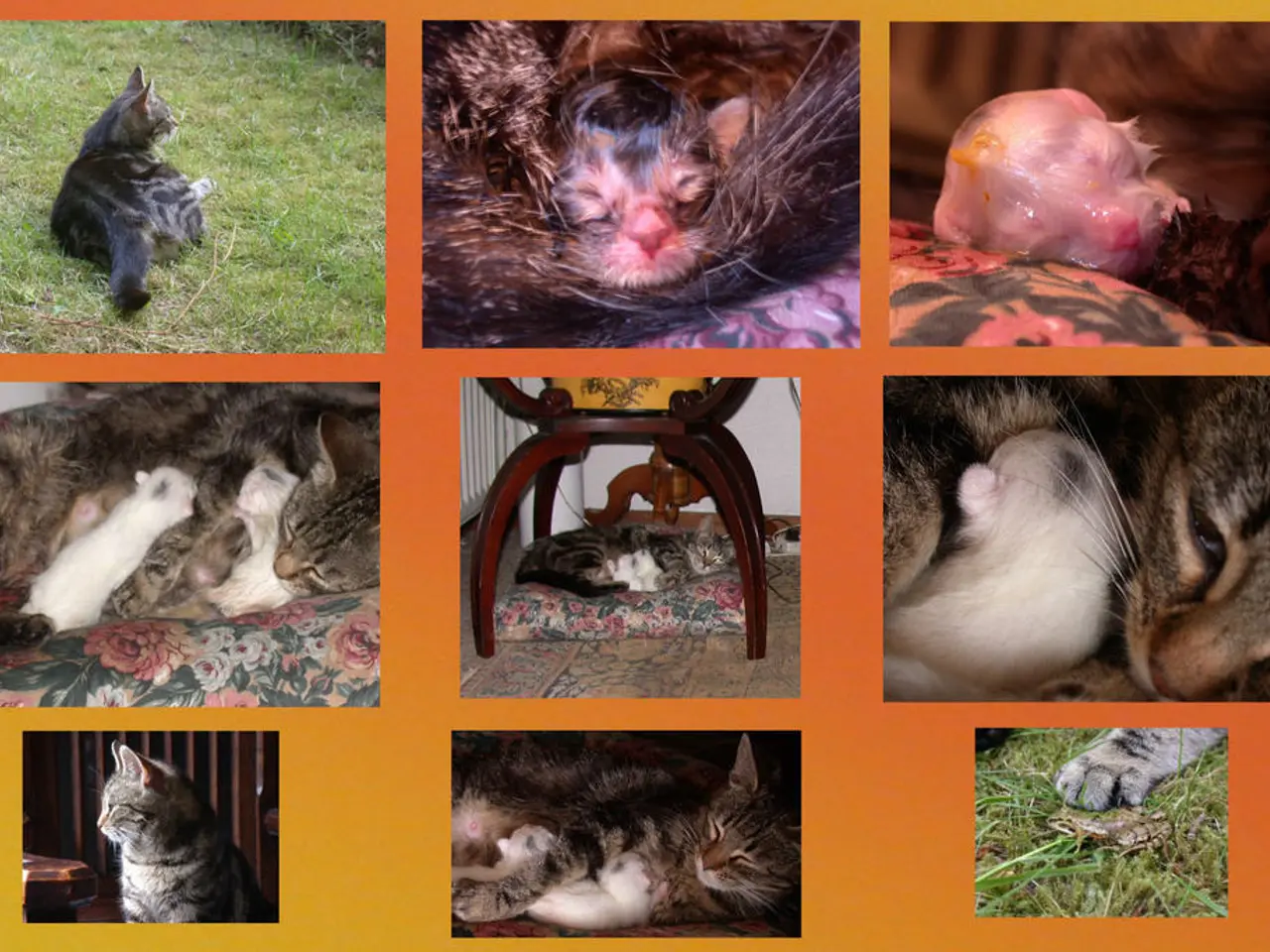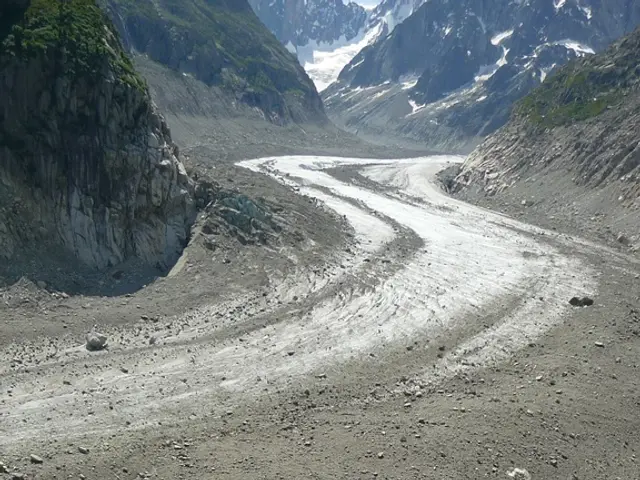Discover Fascinating Facts Regarding the American Bison!
**Bison Recovery and Conservation: A Success Story in North America**
American bison, also known as 'buffalo' by Indigenous communities, are making a remarkable comeback in North America after facing near extinction in the 1800s. These iconic creatures are the largest land mammals on the continent, weighing between 900 and 2,000 pounds, with males typically larger. They are distinguishable by their hump between the shoulders, beards, and short, sharp horns.
Historically, American bison inhabited the Great Plains and grasslands of North America, from northern Mexico to Alaska. Today, their numbers have significantly increased due to concerted conservation efforts.
Bison populations plummeted due to overhunting and habitat destruction, with fewer than 500 animals remaining by the 1880s. However, the establishment of the American Bison Society in 1905, collaborating with government agencies, zoos, and private ranchers, played a crucial role in the recovery. Yellowstone National Park, Wind Cave National Park, Henry Mountains, and Elk Island National Park were among the protected areas that helped maintain wild bison populations.
Careful breeding and habitat protection have allowed bison numbers to increase. Today, over 500,000 bison exist in North America, though most are in commercial herds. Approximately 30,000 live in conservation herds focused on genetic diversity and ecological restoration.
In recent years, Defenders of Wildlife has been restoring bison to tribes nationwide through the Yellowstone Bison Conservation Transfer Program. Colorado Parks and Wildlife will create a coexistence program to help mitigate bison-related fence damage to adjacent ranching operations and expand and create new herds for ecological benefits.
Over 400 bison have been transferred from Yellowstone National Park to Fort Peck since 2019, with many being sent to tribes across the country and Canada for management as wildlife. Bison managed as livestock receive supplemental feed such as hay, while those managed as wildlife on large landscapes forage on native grasses and herbaceous plants called forbs.
Bison are a keystone species essential to the health of the prairie ecosystem. They have a symbiotic relationship with prairie grasslands, disturbing soil with their hooves and dispersing native seeds as they roam.
However, American bison are considered ecologically extinct, with their numbers too low to significantly shape the ecosystem. It is crucial to continue conservation efforts and public engagement to protect these magnificent creatures and their habitat. Public comments are essential for wildlife protection and the continued protection of their habitat.
Bison once roamed from Alaska to northern Mexico, but now live on only a fraction of their historic range. The conservation of American bison is not just a success story for wildlife, but also a symbol of the power of human intervention in protecting and restoring nature.
- With the surge in American bison numbers due to conservation efforts, it's now possible to incorporate these wildlife into outdoor-living spaces, thus merging home-and-garden lifestyle with wildlife conservation.
- As we continue to protect and expanded bison habitats, we are not only ensuring the survival of a key animal in the prairie ecosystem but also reviving the lifestyle that once embraced wild bison presence, connecting it with our modern home-and-garden settings.








